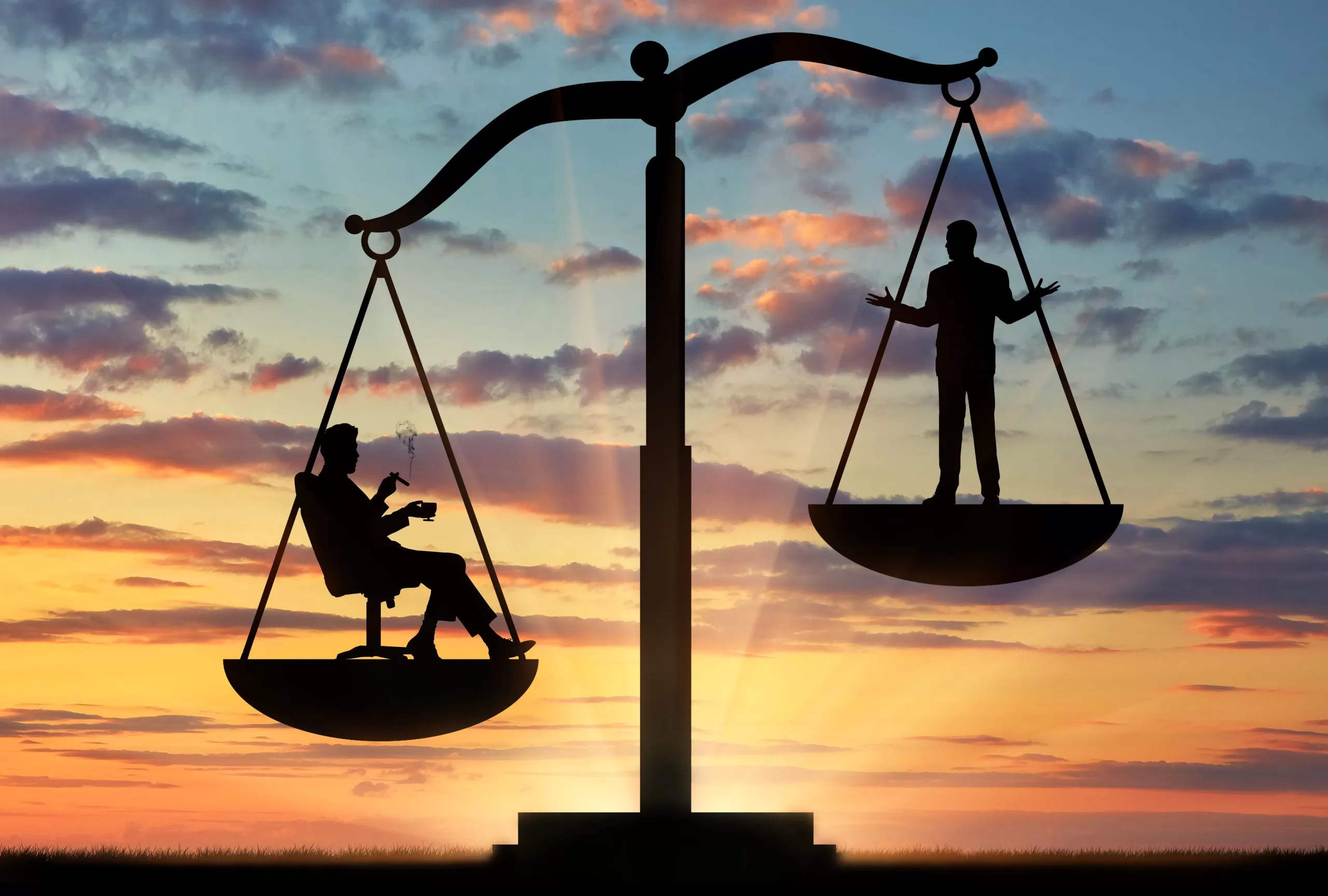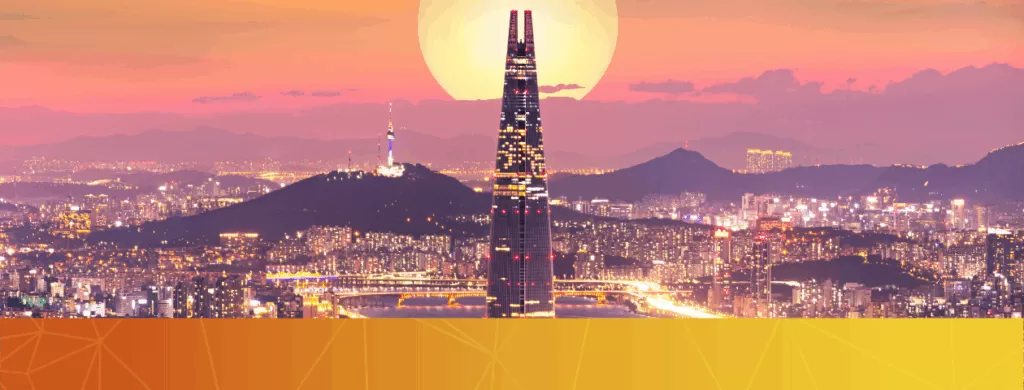
Higher education has always been promoted as the answer to social inequality. Getting an education was a means of pulling yourself out of poverty, landing a good job and making a comfortable living.
Between the end of WW2 and the late 1990s, university tuition fees in the UK were paid for by the government, enabling thousands of students, who could never have attended university given their socio-economic backgrounds, to attend some of the best institutions in the country. Similarly in the US, free tuition for war veterans enabled soldiers, many of whom would identify as ‘working class’, to access higher education on their return. This led to an unprecedented level of social mobility, and the expansion of a dominant middle-class.
However, these pathways are now in grave danger of drying up, with tuition fees on the rise and social programmes closing down at an exponential rate. While more young people than ever enroll in higher education, inequality is once again on the rise. Since education has always been hailed as the key to promoting equality, why then, is this occurring?
Are universities once again becoming the domain of the privileged?
A recent report in the US found that more than 30% of African-American and Hispanic students with GPAs of 3.5 and above go to a community college, rather than an elite university. For white students with the same grades, that number is only 22%.
In the US, wealthy students with average scores generally attend more highly ranked universities than less economically well-off students with high test scores, and in the UK students who attend private schools are twice as likely to attend the ‘elite’ universities.
Are these statistics the fault of the universities? Are the Oxford and Cambridges of this world really to blame for the shockingly low number of minority and working-classs students on their campuses?
Or is this merely symptomatic of an underlying issue?
In the US, research has shown that, “40% of children living in poverty aren’t prepared for primary schooling,” and, in Scotland, it was found that children from poor backgrounds are already behind their middle-class counterparts when they begin primary school.
In the UK as a whole, children defined as middle class and who attended schools with a higher percentage of those defined as working-class children did comparatively worse than those at schools with a more affluent student body. While clearly the individual schools concerned could be blamed, this finding suggests that social factors are much more important in academic achievement than economic factors.
So perhaps the inequality in higher education, which in turn reaffirms the inequality we see in society, is caused by a lack of meritocracy, and the lack of resources put in place for students from less privileged backgrounds long before university.
Are political systems the culprit?
Countries which invest heavily in their public services tend to see better results when it comes to diversity in higher education. In addition, there are differences between countries when it comes to the likelihood of a student taking a degree in relation to whether or not their parents did. In the US, students of parents with degrees were 6.8 times more likely to go to university than those whose parents did not have degrees. In Denmark, the equivalent number is far lower, at 3.0, and in Finland it’s just 1.4. The Nordic countries famously invest heavily in their public services, particularly education and Finland’s state education often tops the world rankings.
These countries also have some of the best levels of income equality across the Western world, juxtaposing starkly with the US and the UK, which have some of the worst.
Higher education is failing those who need it
The sectors of society for whom tertiary level education is the most beneficial are the lower socio-economic groups. For those categorized in the middle to upper-middle classes, cultural capital and contacts go a long way towards helping in job prospects and training which are often unavailable to those without suitable connections.
Unfortunately, this group is also the least likely to enrol in higher education. Leaving high fees and expenses aside, many students do not view university as a viable prospect. So countries are left with a perpetuation of the norm; with those who would most benefit from higher education underrepresented.
To challenge this trend, and the re-emergence of Victorian levels of inequality, countries need those who have traditionally been discouraged from studying at a higher level to do so. This necessitates economic support from governments and investment in higher education and, more importantly, education systems which encourage and reward students based on their talent and ability.



